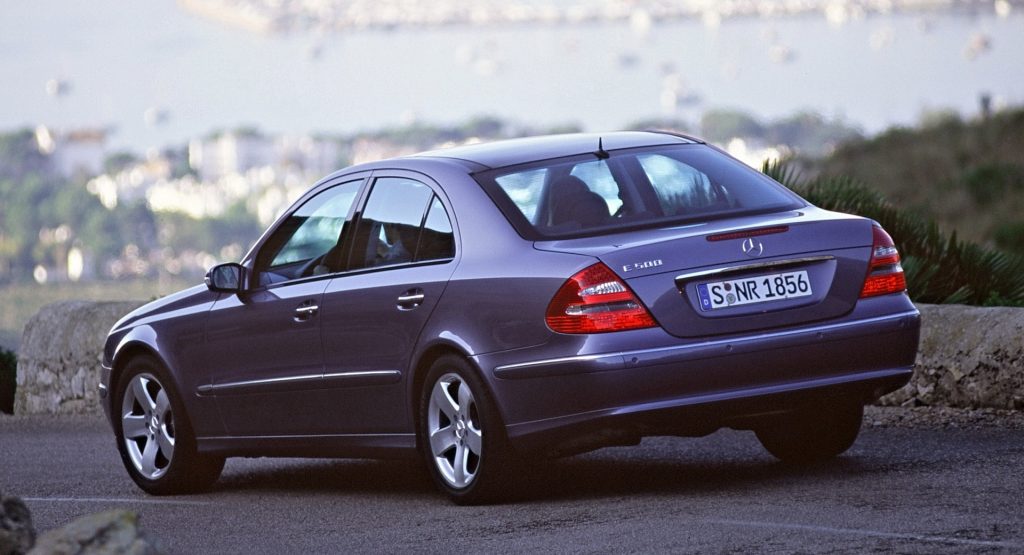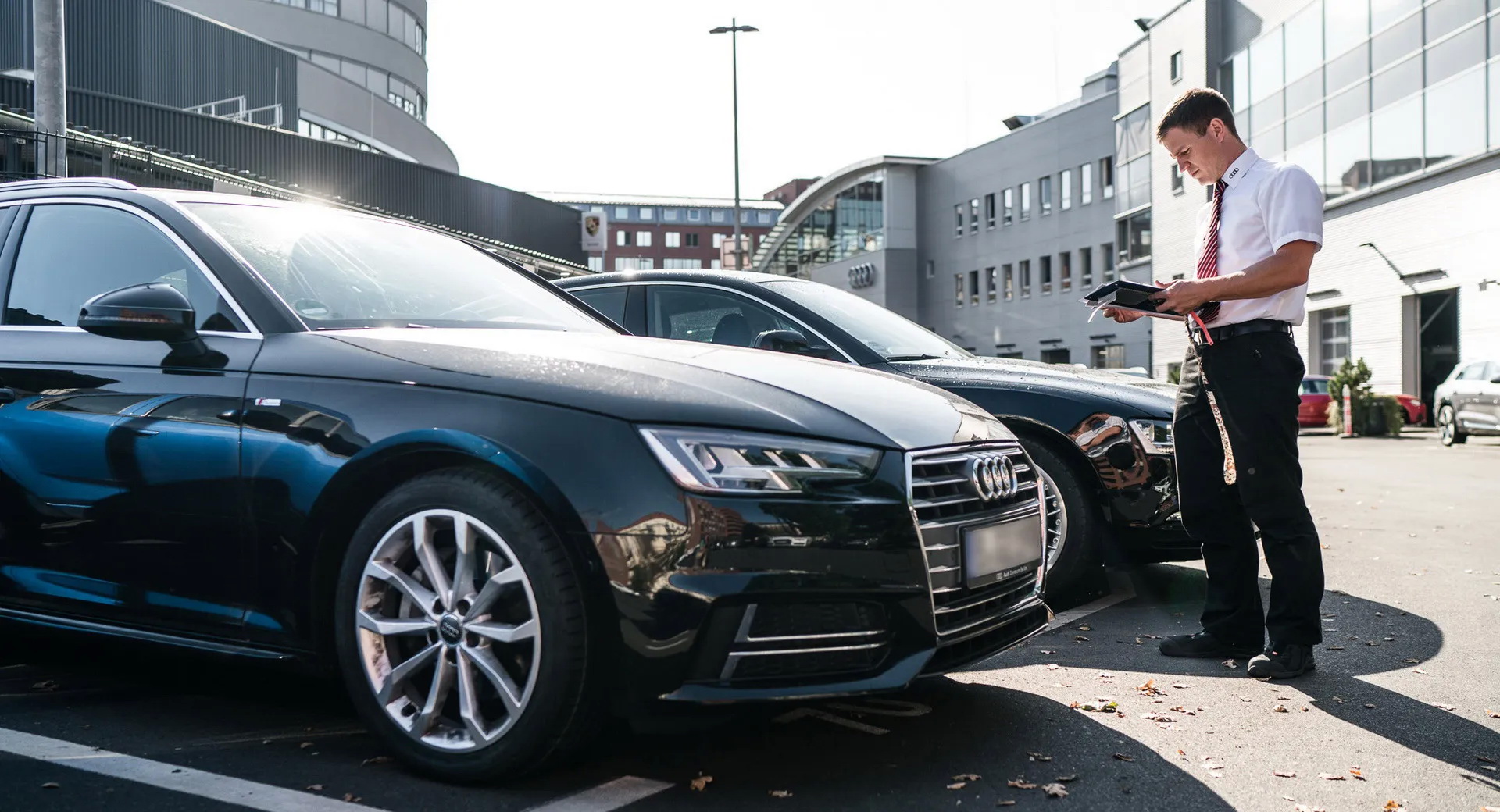The average age of Europe’s vehicle fleet is 10.8 years for cars, 10.9 years for vans, 12.4 years for trucks and 11.4 years for buses. These numbers vary from country to country and especially region to region, as Eastern European buyers tend to hold onto their rides a great deal longer than Westerners.
Strictly talking passenger vehicles, Austria, Luxembourg and the UK have the youngest fleets in Europe, with Lithuania, Estonia and Romania on the opposite side of the spectrum.
These figures come courtesy of ACEA (European Automobile Manufacturers Association), who compiled this report last year based on 2018 numbers; so, while the study may not be perfectly accurate for 2020, it’s still very interesting from a statistical standpoint.
Read: No SUVs For EU – Mitsubishi Halting SUV Exports To Europe From September
For Austria, the average age of their fleet was 8.2 years, whereas Lithuania, Estonia and Romania’s fleets were 16.9, 16.7 and 16.3 years old on average, respectively. Greece and the Czech Republic also have quite old fleets, with averages of 15.7 and 14.8 years respectively.
Austria ?? has the youngest ? passenger #car fleet ?, but what about the other EU countries?
? Infographic: average age of the ?? motor vehicle #fleet. pic.twitter.com/4SvdHs15gf
— ACEA (@ACEA_eu) August 14, 2020
In Western Europe, you’ve got France and Belgium with averages of 9.0 years, Denmark with 8.8, Germany 9.5 and Sweden with 9.9 years. Meanwhile, people living in southern Europe (Italy, Spain, Portugal) will all likely keep their cars for more than the EU average of 10.8 years.
Ultimately, since the UK is no longer a member of the EU and Luxembourg is, for some reason, not taken into account, Austria takes first place as the country with the European Union’s youngest passenger vehicle fleet.
Thus, at an average of 8.2 years, you could say that for certain segments, buyers in Austria are trading up as soon as a new generation model comes out.




